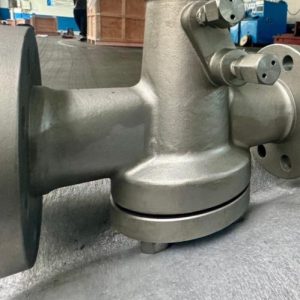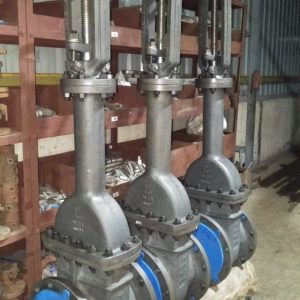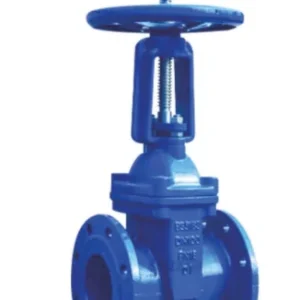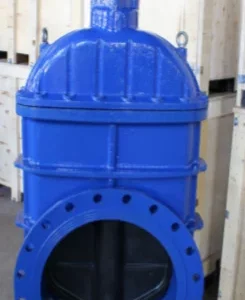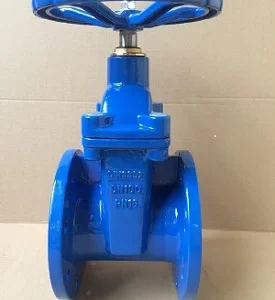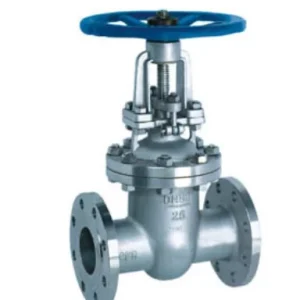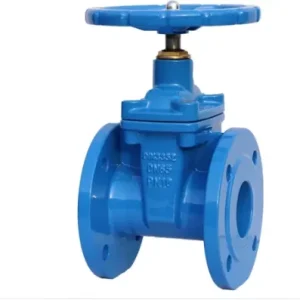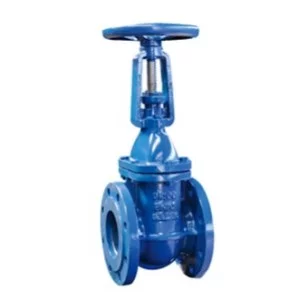Our Shop
Contact us for all your questions and requirements
GATE VALVE MANUFACTURERS IN GERMANY
Valvesonly Europe renowned Gate valve manufacturers in Germany, offers high-quality gate valves for effective fluid management in various industrial processes. Gate valves are extensively used in the chemical processing, power plant, oil and gas, and water treatment industries where a sure shut-off system is required.
Gate valve is a straight way linear motion valve which turns or rises up a gate within the valve body for governing liquid as well as gaseous flows. Its best fits into the applications in those locations where the free flow should be attained as it generates an open passage flow route along with lesser pressure fall.
Why Necessary?
For several reasons, gate valves are required:
Full Flow Capability: Gate valves reduce system pressure loss by allowing free flow when completely open.
Consistent Shut-Off: They provide a tight seal, preventing leaks and guaranteeing secure work.
Water, oil, gas, and steam are just a few of the many fluids that it can be utilized with.
High Resistance to Pressure and Temperature: Gate valves can tolerate challenging operating circumstances.
Long Life: Extended performance is provided by gate valves’ simple design and use of durable materials.
Working:
A gate valve works by raising a gate (or wedge) to open the flow of fluid or closing it to shut off the flow. The gate is attached to a stem, which is translated by a handwheel or actuator. When the handwheel rotates, the stem travels upward or downward, opening or closing the gate. Gate valves cause little resistance to flow when wide open and are best for uses involving free flow and close shut-off.
Operation of Gate Valves:
The following process is used to operate a gate valve:
o Open Position: To allow fluid movement, the gate is raised by rotating the handwheel or actuator counterclockwise.
o Closed Position: The gate is closed and the fluid flow is completely stopped when the actuator or handwheel is turned clockwise.
o Intermediate Positions: To regulate the flow in accordance with specifications, gate valves are also partially closed or opened.
Functions:
Regulates the flow of liquids and gases through pipelines.
Delivers close shut-off to avoid leakage.
Sustains uniform pressure and flow rate throughout the system.
Seals off pipeline sections for repair and maintenance.
Minimizes pressure loss by enabling full flow when open.
Key Elements:
Body: Constructed from forged steel, cast iron, stainless steel, or ductile iron for strength and durability.
Gate: Regulates the passage of fluid by opening and closing.
Stem: Connects the handwheel or actuator to the gate.
Seat: Allows a snug seal to avoid leakage.
Bonnet: Encases the stem and gate assembly to protect them.
Handwheel or Actuator: Manually or automatically operated to open and close the valve.
Gate valve types:
Rising Stem Gate Valve
Non- Rising Stem Gate Valve
Bellow Seal Gate Valve
Pressure Seal Gate Valve
Cryogenic Gate Valve
Forged Gate Valve
Description:
Available materials: SS304, SS904, SS904L, SS316, Aluminium Bronze, Monel, Bronze, Brass, Duplex steel, Inconel, Incoloy, Titanium, WCB, CF8, CF8M, CF3, CF3M, WC1, WC6, WC9, Cast iron, super duplex
Size: 1/2″- 64”
Class: 150 to 2500
Nominal Pressure: PN10 to PN450
Industries:
Power generation.
Petrochemical plants.
Shipbuilding
Chemical industry.
Paper factories.
Being one of the top Gate valve manufacturers in Germany, Valvesonly Europe provides a full line of gate valves that live up to industry standards. Manufactured from the best materials, our gate valves guarantee long life and corrosion-resistant, high-pressure capabilities. Configured in several types and varying sizes, our gate valves suit many industrial purposes such as oil and gas, water treatment, and power plants. Every valve is thoroughly tested for guaranteed performance and international standards compliance.
Showing 1–16 of 21 results





